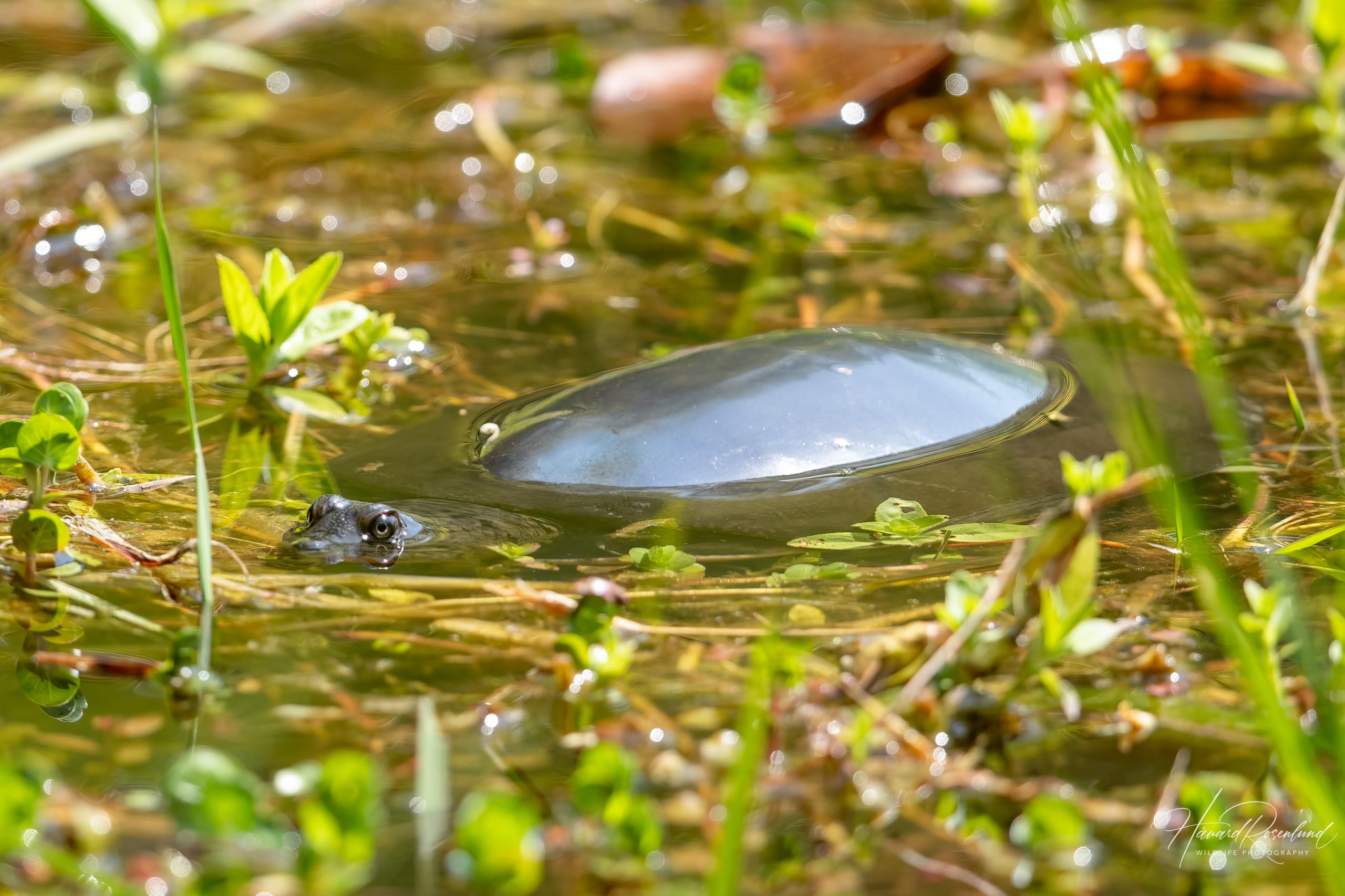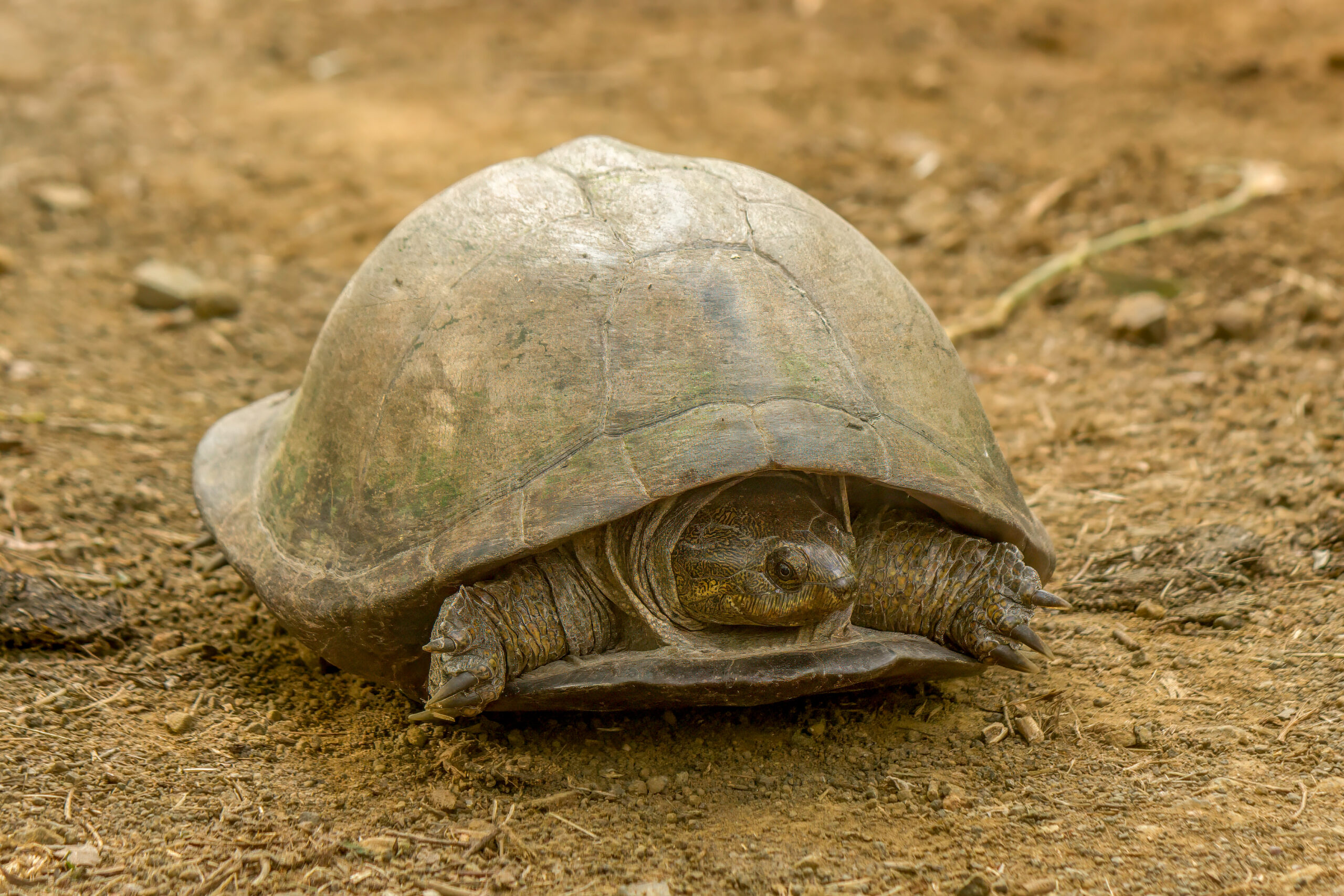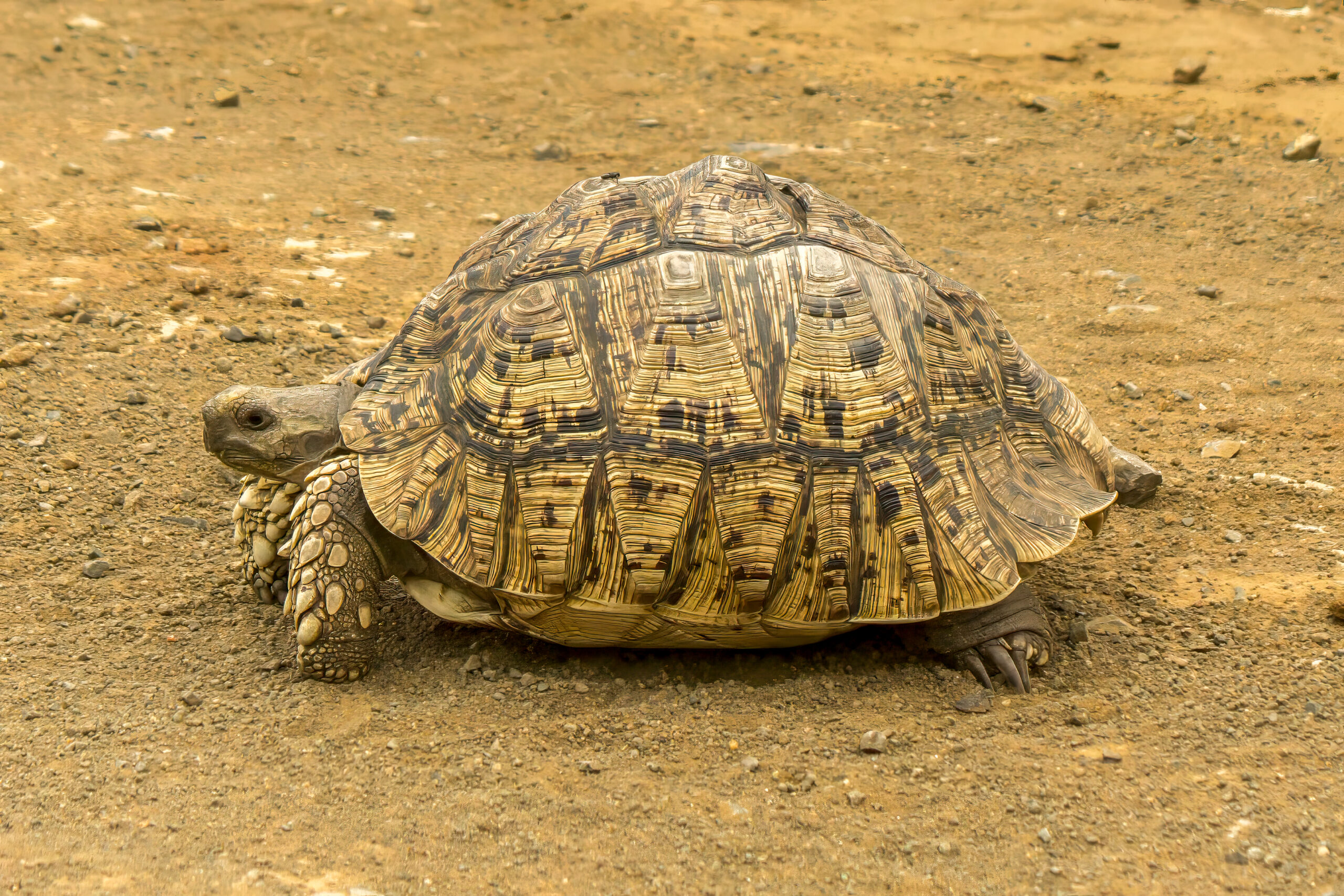Description
The Indian flapshell turtle (Lissemys punctata) is a freshwater turtle species native to South Asia, including India, Pakistan, Sri Lanka, Nepal, Bangladesh, and Myanmar. This species is easily recognizable by its distinctive flaps of skin that cover its limbs when they are retracted, offering protection from predators and environmental conditions. Adults typically measure between 22 to 35 cm (8.7-13.8 in) in carapace length, with females generally larger than males. The carapace is smooth and olive to brown in color, often with yellow or orange spots. The plastron is yellowish and has two transverse hinges, which enable the turtle to close its shell tightly. Flapshell turtles differs from other turtles by their soft shell and the unique flaps on their body, which are absent in many other species.
Diet & habitat
Indian flapshell turtles are found in a variety of freshwater habitats, including ponds, lakes, rivers, marshes, and even agricultural fields during the monsoon season. They prefer shallow waters with plenty of vegetation. Their diet is omnivorous, consisting of a wide range of food items such as aquatic plants, insects, crustaceans, small fish, and carrion. They are opportunistic feeders and often hunt by ambush, remaining still until prey comes within reach.
Behavior
Indian flapshell turtles are known for their adaptability and resilience. They are generally solitary but can be found in groups during the breeding season. These turtles are primarily active during the day but can exhibit nocturnal behavior in heavily disturbed areas to avoid human interaction.
They are skilled at burying themselves in mud, both to avoid predators and to survive dry conditions. During the dry season, they can aestivate by slowing down their metabolism and remaining dormant until the rains return. They can also remain submerged under water for extended periods by absorbing oxygen through their skin and throat lining.
Reproduction
The breeding season of the Indian flapshell turtle generally occurs during the monsoon, from June to October. Females lay their eggs in nests dug in sandy or muddy soil near water bodies. A single clutch can contain between 2 to 16 eggs, which are incubated for about 60 to 150 days, depending on environmental conditions. Hatchlings are independent from birth and receive no parental care. They have a carapace length of approximately 3 cm and are more brightly colored than adults, providing better camouflage in their environment. The life expectancy of these turtles in the wild is around 20 years, though some individuals in captivity have been known to live longer.
Status
The Indian flapshell turtle is listed as vulnerable on the IUCN Red List. This status is due to several factors, with the biggest being illegal poaching for their meat and shells. Other factors include habitat destruction from urbanization and agriculture, as well as pollution of water bodies. They are also often caught accidentally in fishing nets, which can lead to drowning.








